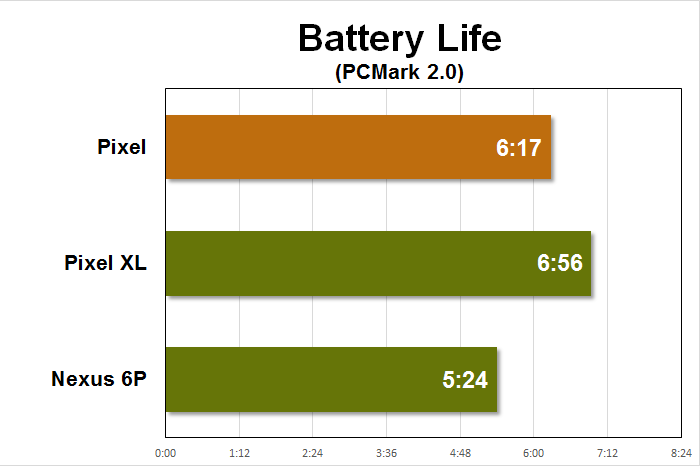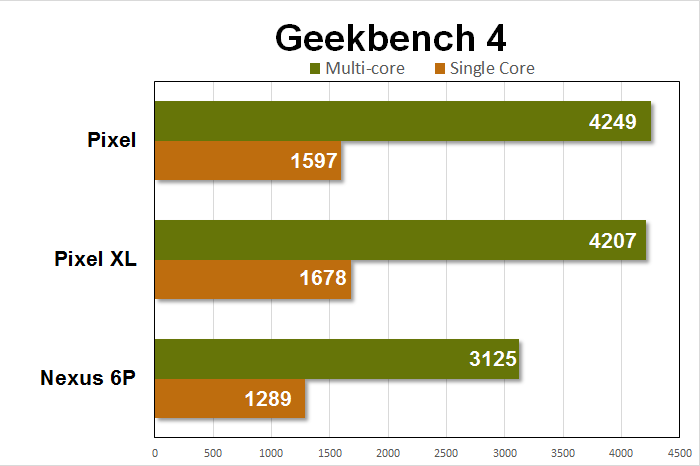Our xel Xreview was unambiguous: It is the best Android phone you can buy today. It’s combination of elegant software, buttery smooth performance, solid battery life, a crazy-good camera are combined with months-ahead-of-others access to Android 7.1 Assistant. The result is a phone that may not have everything we could ever want, but finally delivers the sort of refined holistic experience that ione buyers take for granted.
Evaluating the xel, it’s smaller sibling, is a straightforward affair. has made the phones nearly identical. The xel xel Xshare the same processor, RAM, software, display type, camera, configuration options (32 or 128GB of storage). The xel is different in exactly three ways: It has a lower-resolution display, it has a smaller battery, it costs $120 less. The xel starts at a hefty $649, while the Xbreaks the bank at $769.
Our review will focus on those few differences. If you want to know more about the xel’s performance, software features, or camera, please read our xel Xreview. Everything we said there holds true for the xel.
1080p versus 1440p
The xel is a 5-inch phone, while the xel Xis a 5.5-inch phone. Naturally, this makes it smaller, lighter, a bit easier to hold use with one h. Being smaller, the display doesn’t need to be quite as high-resolution as that on the X The xel’s AMOD display is carries a resolution of 1920 x 1080, while the Xis 2560 x 1440. That’s a pixel density of 441 pixels per inch, vs 534 for the bigger phone.

The xel’s 5-inch display is of a lower resolution than the xel Xs 5.5-inch display, but you won’t really notice.
Is this a big deal? Hardly. In fact, you’d be hard-pressed to notice the difference at all in normal use. The displays seem otherwise identical in terms of color gamut, white balance, contrast, viewing angles, brightness. A density of 441 I is sharp enough that you can’t see the pixels at all, even fine lines in Maps are razor sharp.
The only place this is likely to be noticeable is when using Daydream VR. Either phone will work with the Daydream View headset, but when you strap a display right up next to your face, with fisheye lenses stretching the view out wide, resolution really matters. You will probably see more jagged edges blurry text in VR when using the xel instead of the X
2770mAh versus 3450mAh
The smaller body also leaves room for a smaller battery: 2770mAh in the xel instead of 3450 in the xel X So the Xversion has a 25% bigger battery…it must last 25% longer, right? Not quite.

The xel Xhas a larger battery, which makes it last a little longer despite the larger, higher-res display.
Smaller, lower-resolution displays eat up less power, so the difference in usable time isn’t quite so dramatic. In our battery benchmark, the xel lasted 6 hours 17 minutes, while the Xlasted 6 hours 56 minutes. That’s an 11% difference. In my daily use, I would usually see about 5.5 to six hours of screen-on time with the X the smaller xel generally came in around half an hour below that.
It wasn’t enough of a difference to change how I used my phone. On a typical day, both phones would last until I went to bed night before I had to plug them in. If I was using them more than usual, especially for more processor-intensive activities like gaming, I would have to give them a boost by plugging in for a few minutes in the afternoon.
So, while there is technically a difference in battery life, it’s realistically not enough to matter.
Otherwise identical
ere Apple saw fit to give its bigger ione 7 us a special dual camera system an extra gigabyte of RAM, has made sure both sizes of its phones have the same capabilites. That means everything we love about the xel Xstill holds true here. It’s got that highly responsive, buttery-smooth performance that feels even faster than the benchmark numbers (which are still quite good) would indicate. It’s first with Android 7.1, first to support Daydream VR, comes with all those delightful touches in the custom xel software.

Is the xel slower than the X No, it’s the same—all benchmarks are within the margin of error.
You get the same camera, which takes some of the best photos videos we’ve ever seen from a smartphone, despite lacking optical image stabilization. And all your photos videos are backed up to otos, at full quality, for free.

The xel’s excellent camera came in hy during Halloween, where difficult lighting conditions are common.
It also means that our list of minor gripes hasn’t changed from the X still want stereo speakers, waterproofing, a o mode in the camera app. want a “lift to wake” software feature added ASA maybe even some sort of double-tap-to-wake for those of us that use it flat on the desk.
Still the best, only smaller
ile there are certainly areas in which we would improve the xel, we can’t ignore the fact that every time we use another Android phone, we don’t enjoy it as much. In the xel, as with the xel X rock-solid responsiveness meets simple-but-powerful software meets top-notch camera in a phone that is blissfully free of bloatware bundleware, first in line for future Android updates. Other Android phones may have a longer list of features, but are saddled with a longer list of grievances, too.
The xel delivers a total experience that is simply more joyful than other Android phones, it does this not by trying to give us more of everything, but by focusing. It’s not what the xel does, it’s that it does everything so damn well, so simply, that it gives you hope for a future of Android that isn’t a scattershot cesspool of mismatched apps, interfaces, bloat.
The xel is neither worse nor better than the X it just gives you another option: You can pay $120 more for a bigger 5.5-inch display a little bit more battery life, or save some money with the more pocket-friendly version.


















